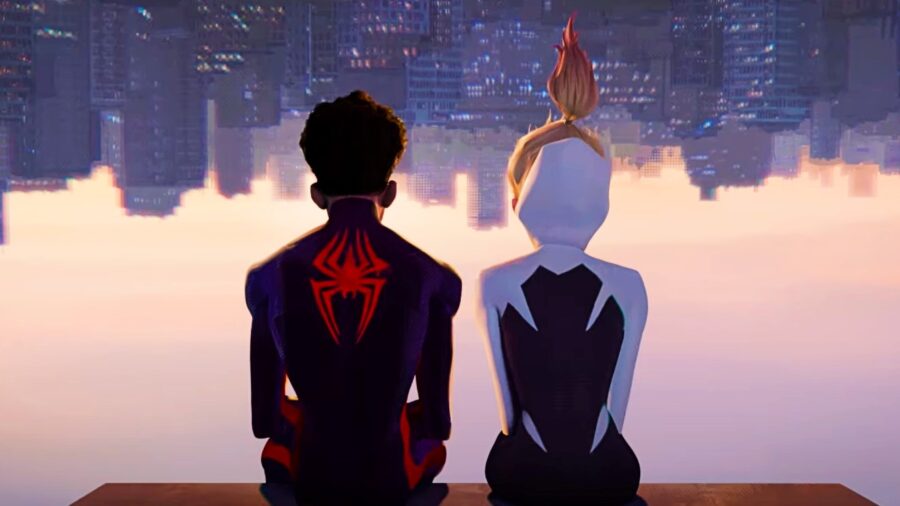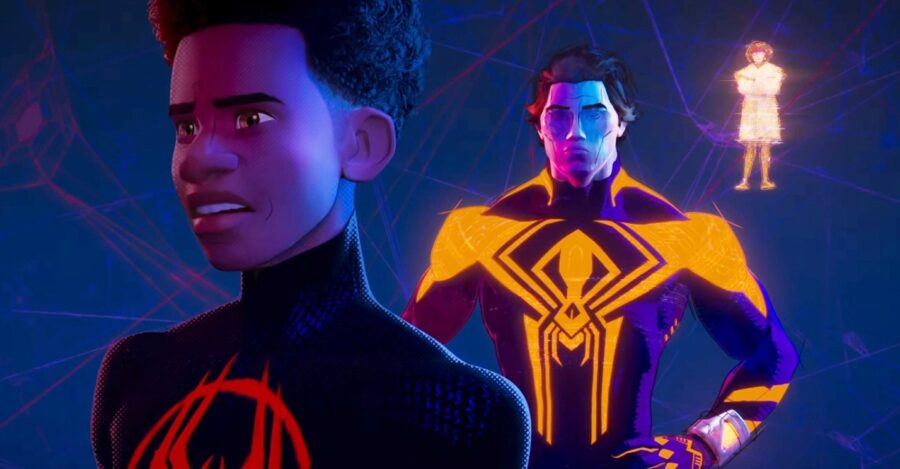Across The Spider-Verse Differences Listed, Here’s What Changed From The Theater

Spider-Man: Across the Spider-Verse was a multiverse-hopping rollercoaster of a film, so it’s sort of fitting that there are different cuts of the film, creating a bit of a multiverse moment for audiences who have watched both the theatrical version and the digital version at home. Some astute watchers have pored over the different details of each cut of the film. Twitter user @chrisagwrites laid out all of the differences in a Twitter thread, and there are a whopping 30 detail changes found so far:
Fans are noticing plenty of differences between the theatrical versions of Spider-Man: Across the Spider-Verse and the digital release.
Audience members who have watched Spider-Man: Across the Spider-Verse in theaters more than once also noticed that some different cuts of the film had aired in different theaters. It seems like one of these cuts was released as the digital version. As mentioned, the changes are mostly innocuous and don’t affect the overall story at all, but some fans like the original cut more than the digital.
Before diving into some of the changes, here’s your spoiler warning if you haven’t seen the movie yet. Some of the most noticeable changes from the Spider-Man: Across the Spider-Verse theatrical cut to the digital cut are the added, missing, or changed lines.
One noticeable exclusion is when Miguel is attempting to prevent Miles from going back to his dimension, Miles says, “Sorry man, I’m going home,” in the theatrical cut, and that line is missing from the digital cut.
Again, none of these dialogue changes really alter much for the characters or the plot as a whole, though there were a couple of dialogue changes that would have made certain scenes better.
A noticeable dialogue change from Jason Schwartzmann’s Spot character is when he’s about to use the mini-collider, he says, “Oh, what the heck?” in the theatrical version of Spider-Man: Across the Spider-Verse and says, “which would not be good,” in the digital cut.
Another change is when Ben Reilly grabs Miles in the theatrical cut, he says, “This is called the sleeper hold, I’m using my bicep to constrict you,” in the theatrical cut and “I’ve got you trapped in my well-defined musculature” in the digital.
Again, none of these dialogue changes really alter much for the characters or the plot as a whole, though there were a couple of dialogue changes that would have made certain scenes better.

For instance, in the scene where Miles is trapped under rubble after saving a little girl in Mumbattan, Gwen Stacy has some panicked dialogue when searching for Miles. In the digital cut, this dialog is removed, and although her worry is portrayed in the animation, Hailee Steinfeld’s performance helped to show how concerned Gwen was.
Another change is when Ben Reilly grabs Miles in the theatrical cut, he says, “This is called the sleeper hold, I’m using my bicep to constrict you,” in the theatrical cut and “I’ve got you trapped in my well-defined musculature” in the digital.
For the most part, the other changes from the theatrical cut to the digital cut of Spider-Man: Across the Spider-Verse consisted of some different audio cues, slightly different shading or animation, and altered text boxes.
Finding all of these little details is undoubtedly a painstaking process, and there are bound to be some more differences found as more people who have watched the theatrical version tune in to the digital cut. While not everyone might enjoy the changes, whichever version of the film you end up seeing is still going to be great and gorgeously animated, so make sure to check it out if you haven’t already.











